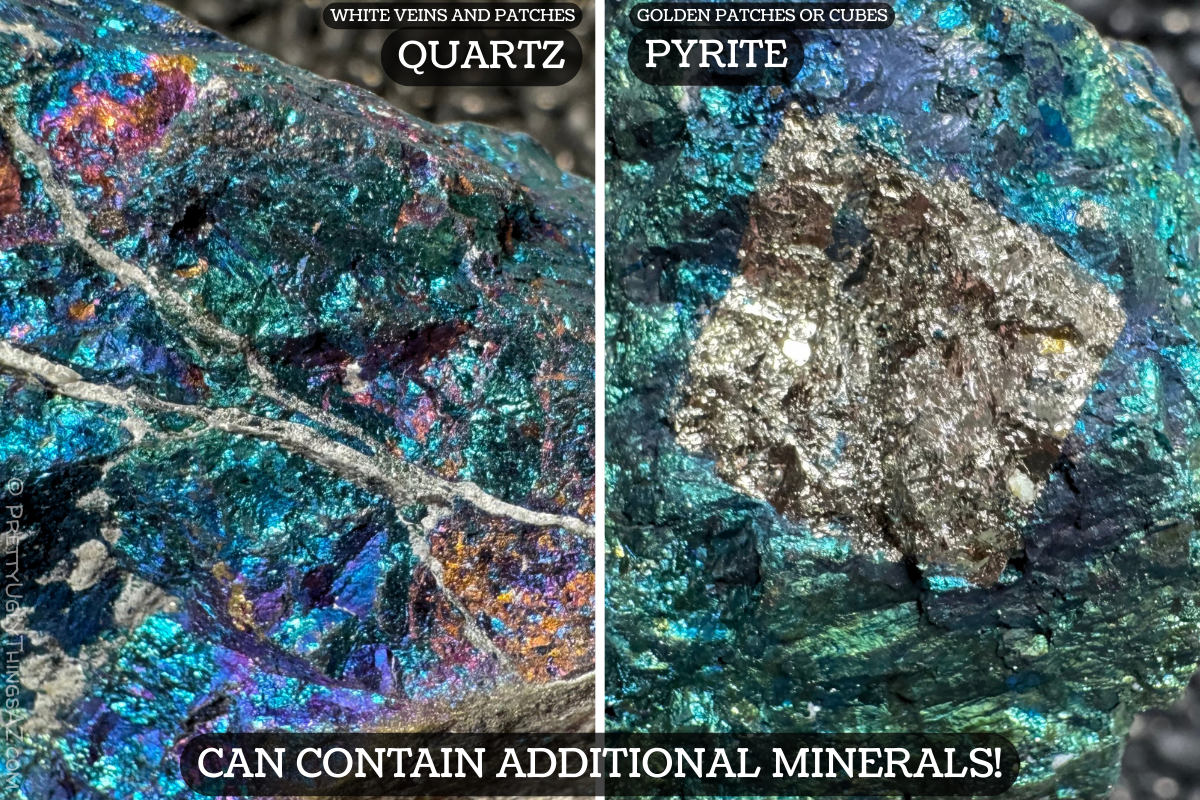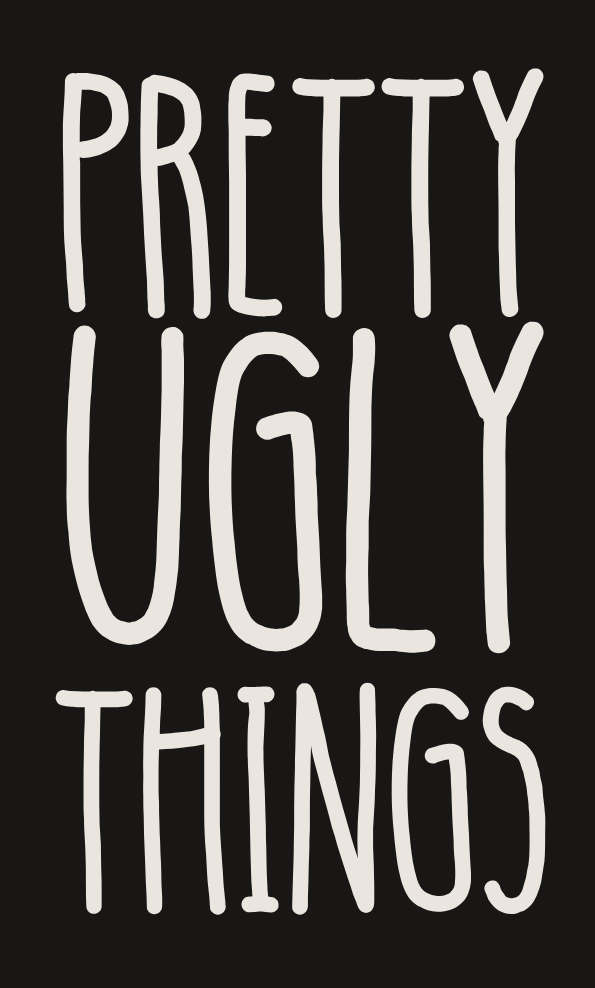Iridescent chalcopyrite, 2.5–3" piece
Iridescent chalcopyrite, 2.5–3" piece
Couldn't load pickup availability
Locality: Mexico
Approx size: 2.5–3"
Approx weight: 75–275g, avg 200g
**Altered material
Iridescent chalcopyrite is frequently sold as "peacock ore" due to its jewel-tone mix of blue, green, purple, and gold. If pyrite is fool's gold, then this variety of chalcopyrite is fool's bornite: it borrows its trade name from the closely related mineral bornite, the original peacock ore. The same process causes vibrant iridescence in both minerals by tarnishing the metallic surface into iridescent color: bornite naturally oxidizes on exposure to air, and exposure to acid chemically induces a similar tarnish in chalcopyrite.
Chalcopyrite's tarnishing process can occur naturally, but the brightly-colored chunks of material most commonly found on the market have been treated: they have undergone an acid bath to rapidly achieve a strong tarnish. Essentially people have taken advantage of the material's natural properties to bring out the rainbow iridescence. Since chalcopyrite is a much more abundant mineral compared to bornite, this treated material is the inexpensive stuff you typically see for sale as "peacock ore" at souvenir and rock shops across the southwestern US. Unfortunately it is often sold as bornite, lending to chalcopyrite's reputation as the "faux peacock ore."
The brilliant colors form an extremely thin layer on the surface, but the chalcopyrite beneath is a gold-colored mineral that is often mistaken for pyrite. It is a copper-based metallic mineral with a similar weighty heft to pyrite, but is softer and more prone to scratches, flaking, and crumbling compared to pyrite. Pyrite often grows along with chalcopyrite, and is included in many of the vials; it does not respond to the acid bath and remains a metallic gold tone. Chalcopyrite is also often accompanied by minerals like quartz (forming white veins and patches), calcite, bornite, and galena.
⚠️ BRITTLE WARNING chalcopyrite is relatively soft (3.5–4 on the Mohs scale), and can be scratched or broken. It is common for small pieces to crumble off the surface during handling, and is brittle enough that thinner pieces can be snapped in half by hand.
❗ STAINING WARNING chalcopyrite can leave black spots or streaks on skin, clothing, and surfaces; be prepared for black fingers after handling. I recommend cork coasters under messy minerals as an inexpensive way to protect surfaces.
















